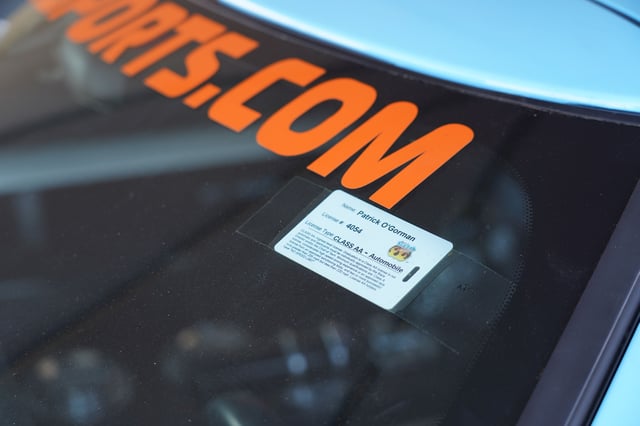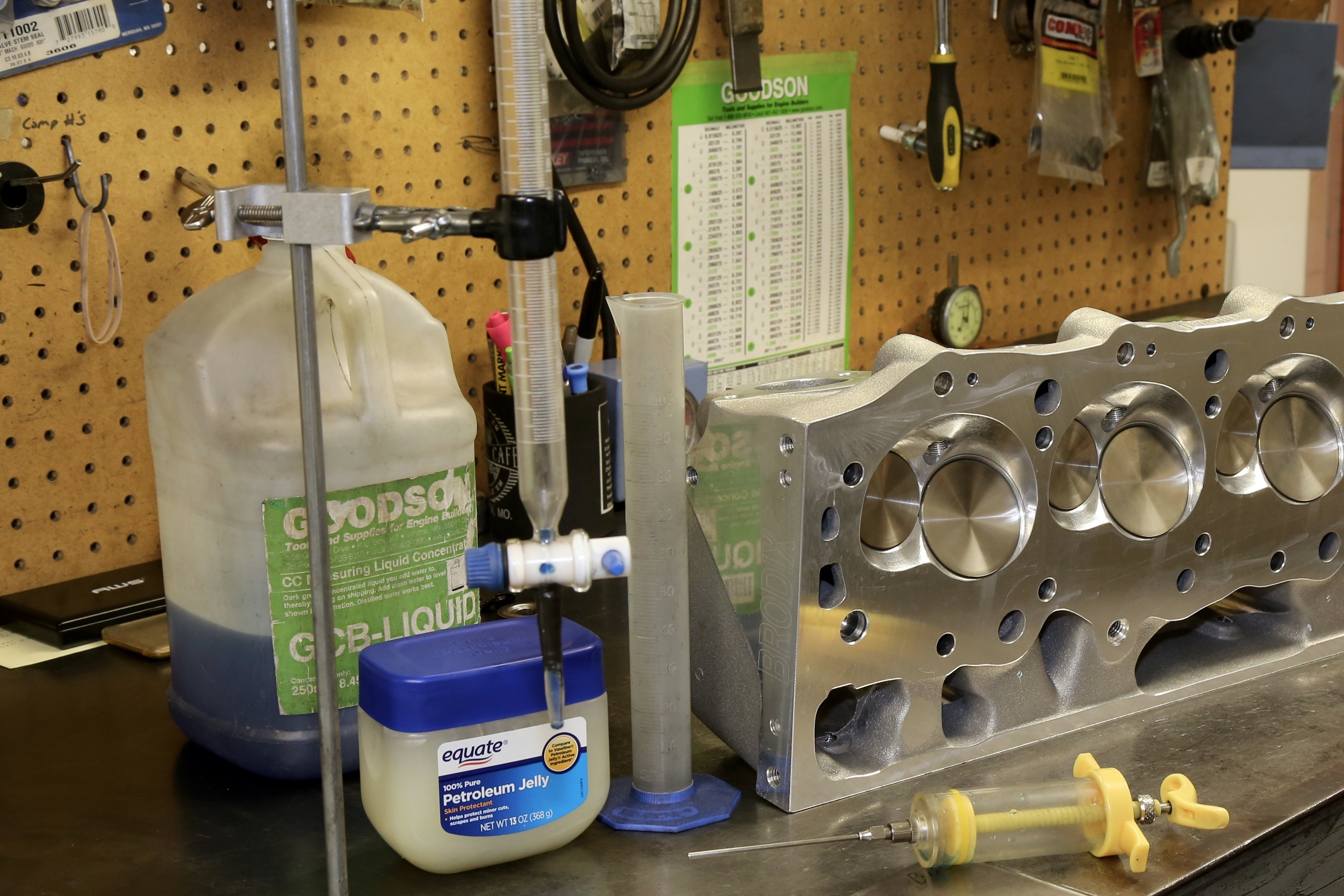M2K Motorsports made history when their Ford GT made a 300mph standing-mile pass. We go under the hood of this amazing machine and talk power with the team behind the record.
Back in early 2014, Mark Heidaker and Kevin Kesterson were putting the finishing touches on their new shop, M2K Motorsports. The Fulshear, Texas-based tuning house specializes in potent domestic performance, making them the go-to for regional speed freaks in search of anything from a big turbo kit or fabricated headers to a full-bore drag build. “The street car scene out here in Houston is pretty crazy,” Kevin explains. “We build cars that make anywhere from a 1,000 to 2,000 horsepower on a pretty regular basis.”
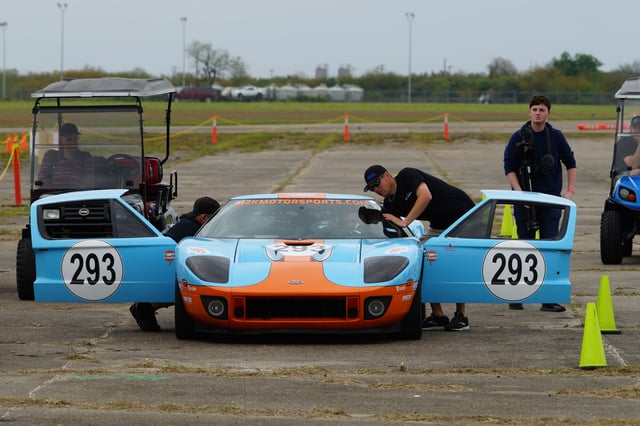
The shop’s current showpiece is Mark’s 2006 Ford GT, a twin turbocharged beast that will handedly blow the doors off of a Bugatti Chiron. The build traces its roots to Kevin’s days at Hennessey Performance. Back then the car was fairly stock while Mark was still testing the waters at Texas Mile events, and Kevin was working on powertrain development for Hennessey’s special projects like the Venom GT. “I’ve always kind of gravitated toward the high speed stuff,” Kevin tells us. “I get bored fast, so I like having a challenge where I can kind of push the limits.”
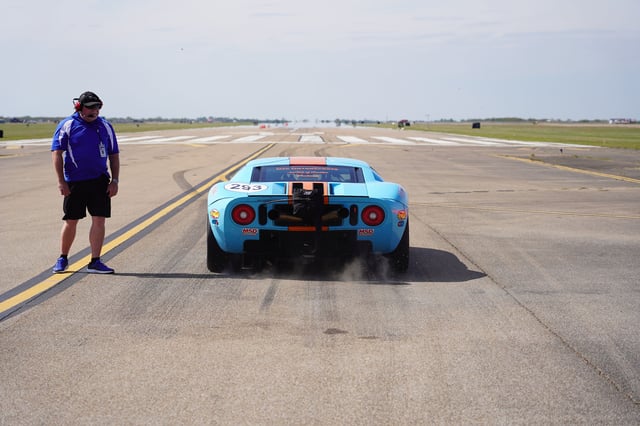
Since events like the Texas Mile don’t involve class-based rule sets, the team was more or less free to build the car as they saw fit. “The only parameters you really have to follow are for the safety equipment,” he adds. “There are minimum requirements for the cage, tires, and stuff like that, and we tend to go overkill on that stuff anyway.”
The team tried out a few different power combinations along the way. “Early on it was compound boost setup – twin turbos running in conjunction with the stock supercharger,” he recalls. “At that point we were hitting 210mph-220mph, depending on wind conditions. Then we decided to yank the supercharger and focus on a twin turbo setup, and with that we got to around 235mph. But we reached a plateau, and we were having trouble breaking through that barrier.”

That’s when Kesterson decided to reach out to John Mihovetz at Accufab Racing. “John had a reputation in the Ford community as the Mod motor guru,” he says. “He knows this platform inside and out, so we asked him to build an engine for us. We ran that built engine with Motec engine management and a pair of Precision 8285 turbos on it, and that combination got us all the way to almost 280 mph. Having the Motec system’s boost control and traction control helped tremendously, and then it was really about turning it up a bit, collecting data, then turning it up a bit more. It took a while because at these events there are usually about 250 cars participating, so you might only get two runs on a given day. Assuming nothing goes wrong with the car, that’s about five or six runs for the entire weekend. And there isn’t really any other way to do high speed testing like this.”
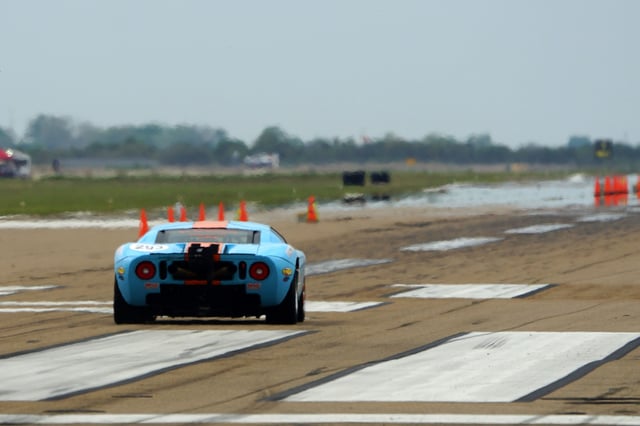
Kevin notes that this isn’t a situation where you can just crank the boost and see what happens. “Safety has always been job one – we didn’t want to just suddenly jump the car up 30 or 40 mph, send it down the track, and hope it all went according to plan. Around 270 or so, the car started to get a little sketchy.”
While the GT was aerodynamically sound when it rolled out of Ford’s factory, it was never designed to hit the speeds that M2K was now reaching. “We were on the stock suspension at that point, and we were kind of stalled out at that 270mph range for a while,” Kevin notes. “And that’s when we contacted Scott Ahlman at Ahlman Engineering.”
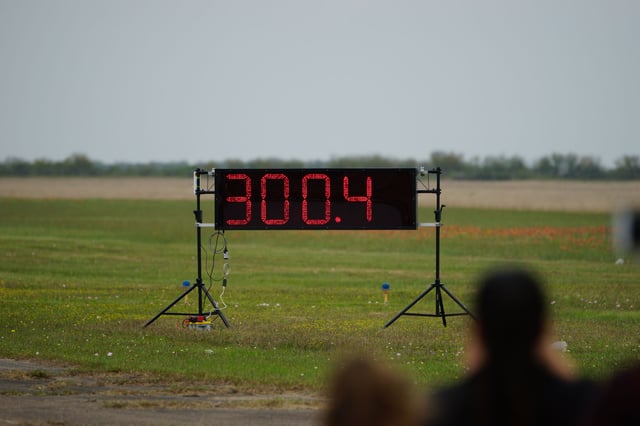
When it comes to the GT, few can claim to have Scott’s level of expertise. “He was one of the original suspension engineers for the GT when he was at Ford,” Kevin notes. “We got in contact with him, and he set us up with some custom four-way Öhlins coilovers. That helped us get the stability we needed, and after he worked with us at a few events, we got the car to 281 mph at the Arkansas Mile. Then we turned up a little bit more and we ended up breaking the motor.”
Undeterred, the team put together another 5.4-liter V8. With a stock block, worked-over factory cylinder heads with custom cams, a billet crankshaft, forged connecting rods, custom JE pistons, and a pair of Precision 8685 turbos, the combination makes about 3,000 horsepower by Kesterson’s estimate. “Stock block and factory heads – it’s kind of insane,” he notes.
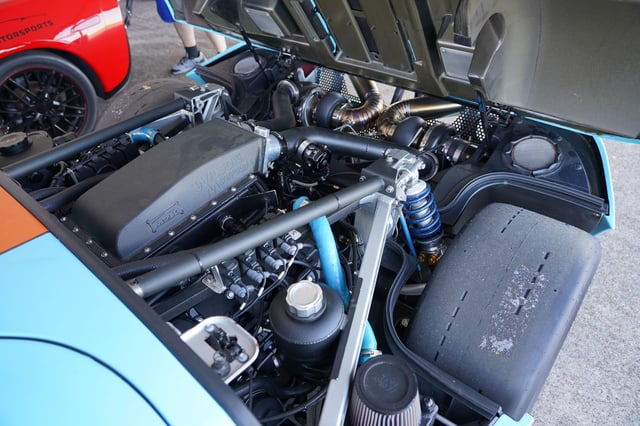
With about 50 pounds of boost in the mix and sustained revs north of 9,000 rpm at the big end, putting together a stout bottom end was critical toward M2K’s 300 mph goal. “We’ve never ever had a piston failure,” Kevin says. “JE built these pistons to John Mihovetz’s spec, and even at 13:1 compression with 50 pounds of boost, we’ve had no issues with them at all.”
Back in March of this year, M2K Motorsports took the GT to a Texas Mile event with hopes of surpassing the near-mythic goal of 300 mph. They’d hit as high as 293.2 at a previous event so they knew that speed was theoretically attainable, but after hitting 299.2 mph earlier in the day, there was a little bit of concern. “We hit 293 at 45 pounds of boost, and 299 at 47 pounds,” Kevin says. “That was a bittersweet run for us – we were stoked to have hit a new personal best, but we also thought that might have been all that was in it. It was kind of heartbreaking to think that that might have been where we would finish for the weekend, so we decided to turn it up the boost just a little bit more.”
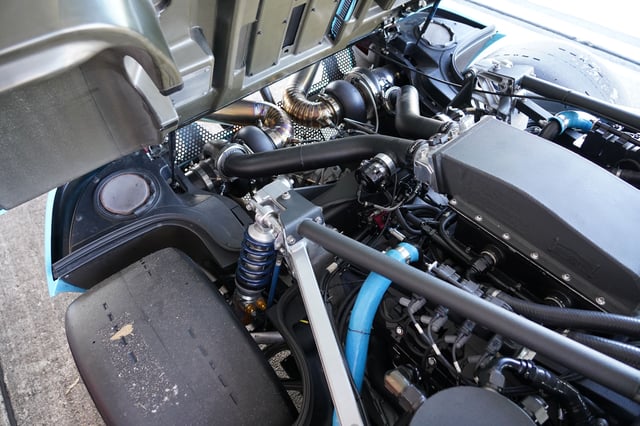
They sent the car back down the track with team driver Patrick O’Gorman behind the wheel and held their breath. “We have data showing that the traction control was working at about 250 mph on that much boost,” Kevin tells us. “We’re using a Hoosier R1 road race tire because it can live at those speeds, but it’s not the stickiest thing out there.” As the car went through the traps, a new personal best lit up the board: 300.4 mph.
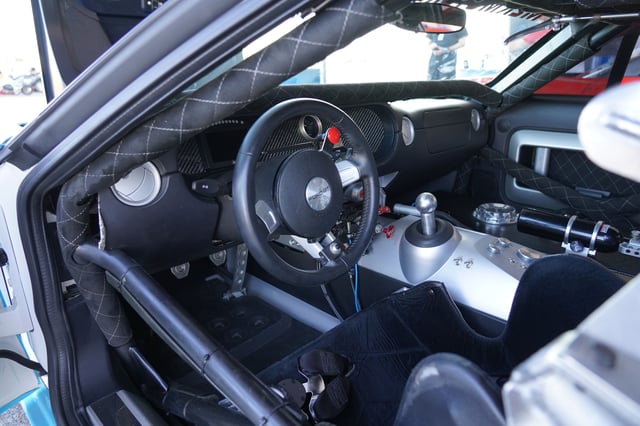
Now with that milestone in the rear view, Kevin says M2K may be setting their sights on the next project. “People look at me like I have six heads when I say this, but it’s kind of gotten to the point where it’s probably too dangerous to push this car any further,” he says. “300mph is pretty out there, and looking at the data that we’ve got, we’re pretty close to the car’s limit at this point.”
But that doesn’t mean they’re out of the game. “Right now we’re calling the new car ‘Project X’,” he says. “I think that one might be more of a quarter-mile or half-mile car. But it’s still in the development stages and we’ve got a good recipe, so we’ll see where we are a year from now.”
